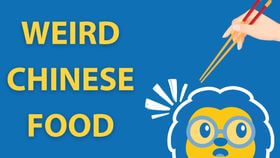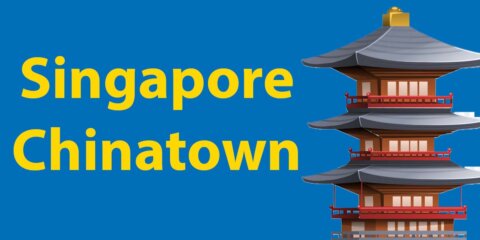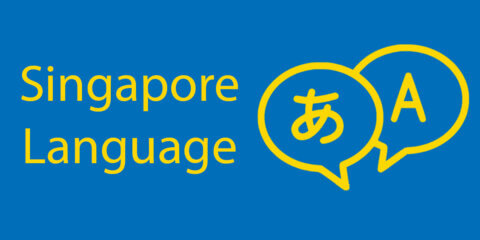Things to Know about Singapore Money
Want to know everything there is to know about Singapore Money?
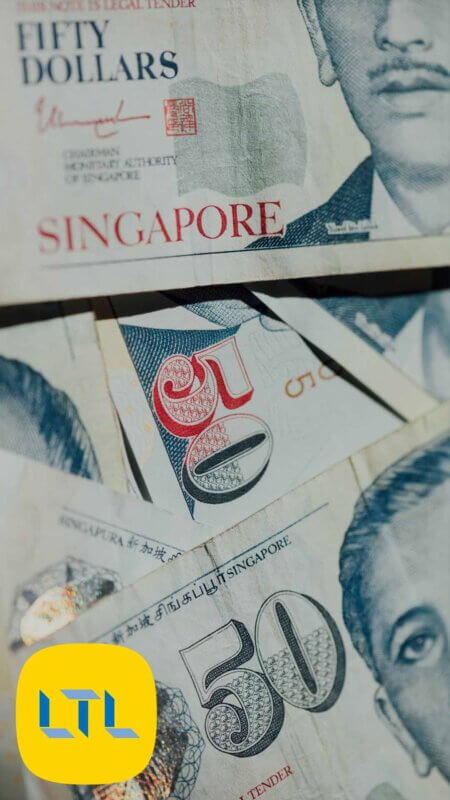
Well, you’ve come to the right place! This blog is about all things Singapore and learning Chinese.
We’ve covered other topics in-depth about Singapore such as:
Skip ahead to the section on Singapore’s money.
Exchange Rate
First, let’s talk about the exchange rate. At the time of writing this $1 Singapore Dollar (SGD) can afford you:
| $0.72 US Dollar | ¥5.09 Chinese Yuan | $0.98 Canadian Dollar | $16.42 Mexican Peso |
| €0.64 European Euro | ¥76.65 Japanese Yen | ₽50.36 Russian Ruble | Rp10233.39 Indonesian |
| L.4.91 Turkish Lira | ₹54.57 Indian Rupee | ₩866.26 S Korean Won | SR2.69 Saudi Riyal |
| £0.57 English Pound | R$3.57 Brazilian Real | $1.05 Aussie Dollar | CHF0.68 Swiss Franc |
Discover how to say these currencies in Chinese and loads more money terms in Chinese.
After reading some of those exchange rates, you might be wondering how Singapore money is so valuable?
History of Singapore’s Money
Here is a brief history of Singapore and Singapore’s money under different nations control and how it created such a valuable currency.
Singapore was a British Colony from 1819 until 1942 when British troops surrender to Japan during WWII.
At the end of WWII Singapore became a British Settlement once more until 1963 where became (once more) a part of Malaysia.
Singapore became an independent republic two years later on the 9 August 1965.
During the British ruling, people in Singapore would have been using either Straits Dollar, Malayan Dollar, Sarawak Dollar and British North Borneo Dollar.
The Straits dollar was a currency used in The Straits Settlements, which is the name used for British territories located in Southeast and East Asia from 1898 until 1939.
Sarawak is a state of Malaysia. It’s currency; the Sarawak dollar was used in Singapore from 1858 to 1953. The British North Borneo dollar was the currency of British North Borneo from 1882 to 1953.
Both Sarawak and The British Borneo dollar were connected by having the same value as the Straits dollar.
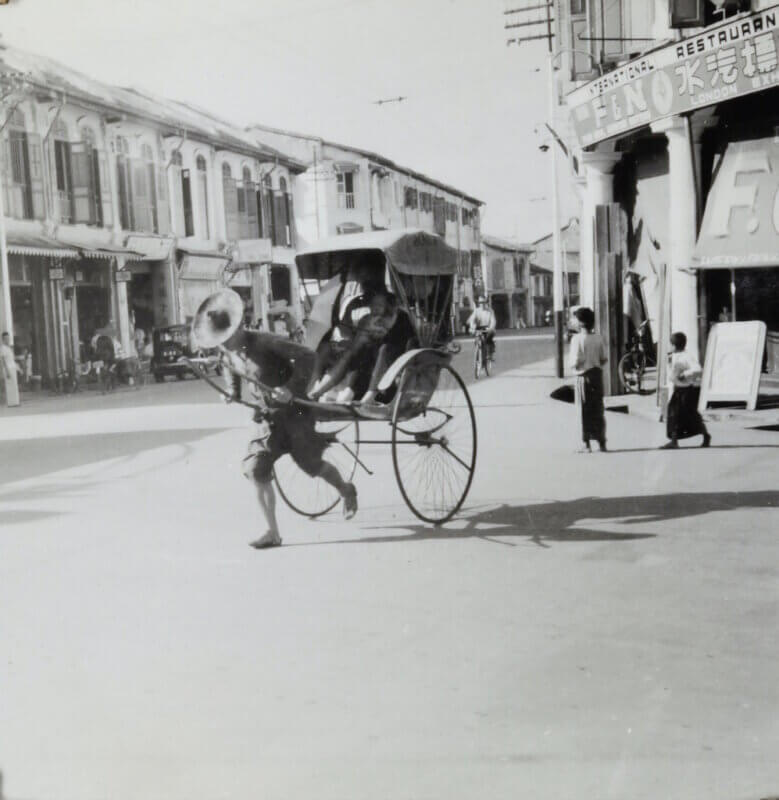
Then the Malayan dollar, which was also a British currency used in Malaya and Brunei replaced the Straits Dollar in 1953.
All of these currencies had a brief pause during Japanise occupation.
Japan implemented a Japanese government-issued dollar which was informally called banana money due to the banana trees printed on the $10 notes.
There is a whole other story to be told about banana money that we’re not going to get into on this blog. However, it’s worth a read when you have the time.
Here’s the link to the Wikipedia page on banana money.
Side note on banana money: The Japanese invasion of Singapore was cruel and testing time for Singapore. Singaporeans have a remarkable attitude about this period which is to ‘forgive but don’t forget’.
So how did a country that only became an independent republic in 1965 turn it’s economy into one of the most powerful in the world?
Two years after breaking away from Malaysia on the 7 April 1967 the Singapore dollar was born. However, it was linked in value with the Malaysian Ringgit until 1973.
Lee Kuan Yew is the founding father of modern-day Singapore. He served as the first Prime Minister between 1959 to 1990 and turned Singapore into a first world country in a single generation!
A lot can be said for the foundation’s Lee Kuan Yew put in place and still standing the test of time today. Singapore has a highly developed, free-market economy that has been ranked as the most open in the world. There is low corruption, low taxes, excellent social services and a very well educated population.
Singapore’s economy is thriving on exports of electronics, financial services, tourism and having the world’s busiest cargo seaport doesn’t hurt either!
All of these factors have made Singapore very appealing for companies to set up their Asia headquarters in Singapore, which gave another considerable boost to Singapore’s economy.

A Complete Guide to Living in Singapore (for 2024)
We’re here to shed some light on everything there is to know about living in Singapore. Food, friends, culture, sightseeing, shopping and more.
Singapore Money: Notes and Coins
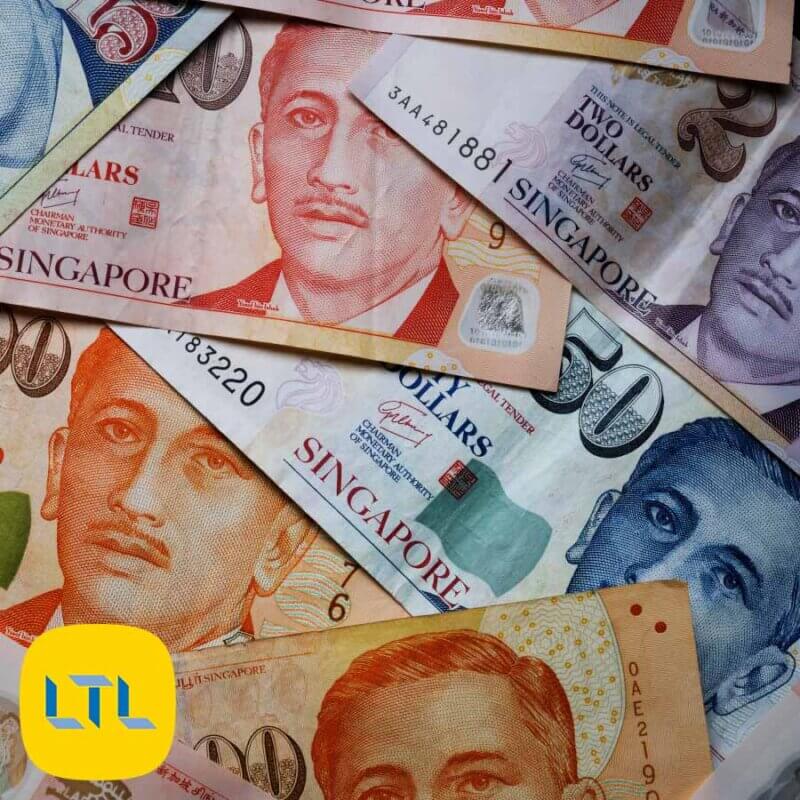
Today things are much more comfortable than the multitude of currencies being used before independence. When in Singapore the notes you might find in your wallet are:
- $2
- $5
- $10
- $50
- $100
- $1000
- $10’000
That’s right! There is a $10’000 banknote in Singapore valued at a whopping $7200 USD.
However, the Monetary Authority of Singapore (MAS) stopped producing the note in 2014 due to ‘risks associated with large value cash transactions’.
They’re even trying to remove them from circulation by destroying them once they enter the banking system.
Even though the SGD 10’000 note will soon to be extinct, Singapore and their neighbour Brunei have a Currency Interchangeability Agreement dating as far back as 1967. Meaning each must accept the other nations banknotes as on par with their currency without a fee.
Once Singapore’s $10’000 note is entirely removed, Brunei will have the highest denomination banknote in the entire world. Which will be worth exactly $10’000 Singapore dollars.
A Singapore dollar can be broken up into 100 cents. Singaporean coins you might find between your couch cushions are:
- 5c
- 10c
- 20c
- 50c
- $1

What Materials are used for Singapore Money?
The first thing you’ll notice with a variety of Singapore notes in your wallet is that look and feel very different to one and other.
Singapore money notes $2, $5 and $10 are made with polymer (often mistaken for plastic) while the $50, $100, $1000 and $10’000 are paper.
Polymer banknotes were invented in and first used in Australia. Since the invention, 20 more nations have adopted the technology for their currency.
Polymer banknotes, being plastic-like, have a smooth feel to them, are much more durable than paper money and best of all are incredibly difficult to replicate.
Another incredible feature with the Polymer Singapore money is the inclusion of braille, the touch-based reading system for the visually impaired.
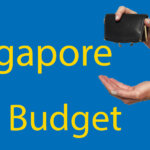
15 Tips for Singapore on a Budget (2022)
Singapore on a Budget – A Simple Guide Want to do Singapore on a budget? No matter how much cash you have to burn, the prices of goods and service can put a dent in your wallet. According to the…
The next question you will have about Singapore money is:
Who’s the Guy on Every Single Note?
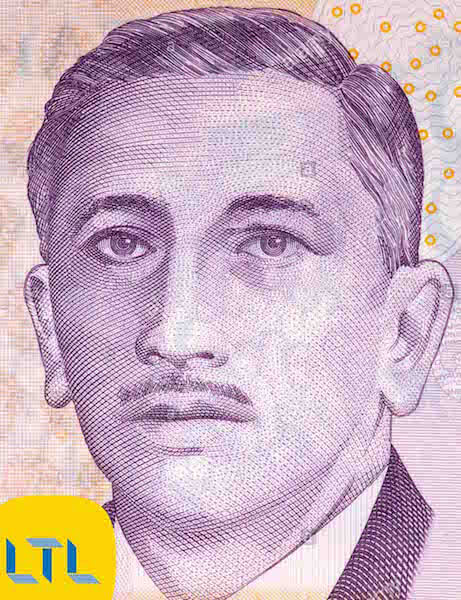
No, he’s not the king of Singapore. No such thing! This is:
Yang Amat Berbahagia Tun Haji Yusof bin Ishak…
You can call him Yusof Ishak for short.
Yusof Ishak was the very first President of Singapore, serving from 1965 to 1970. To clarify, Lee Kuan Yew served as the first Prime Minister, Yusof Ishak first President.
Yes, there’s a President and a Prime Minister!
Singapore Money Design
Singapore’s money comes in a rainbow of colours and on the back of each note (opposite Yusof Ishak) you will find artwork recognising a component of Singapore.
Here’s a breakdown of the Singapore money:
| Note | Colour | Image | Material |
|---|---|---|---|
| $2 | Violet | Education | Paper and Polymer |
| $5 | Green | Garden City | Paper and Polymer |
| $10 | Red | Sports | Paper and Polymer |
| $50 | Blue | Arts | Paper |
| $100 | Orange | Youth | Paper |
| $1,000 | Blue | Arts | Paper |
| $10,000 | Gold | Economics | Paper |
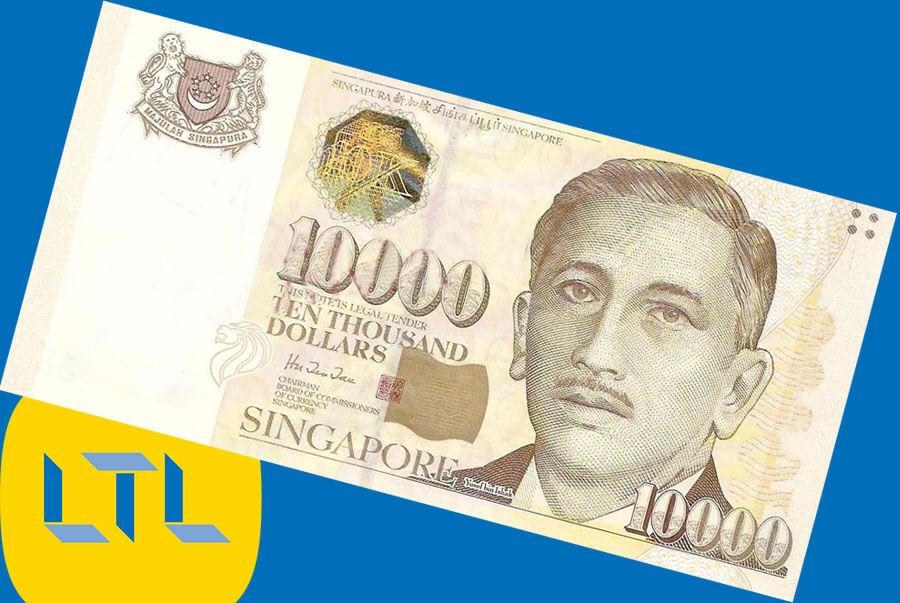
Singapore Currency Exchange
So you want to get your hands on some of the colours of the rainbow that is Singapore’s currency?
Well, good news there are loads of places to exchange currency in Singapore!
You’re three options ranging from best to worst are:
- Independent money exchange business
- Banks
- Hotels
I’ve never truly understood this, but the money exchange rate at banks are terrible. Hotels also provide a money exchange service but charge a hefty fee to do so.
Also, stay clear of the airport money exchange if possible.
Your best bet is to exit a popular MRT station such as Little India, China Town, Raffles or Orchard and walk around comparing prices of independent money exchange business.
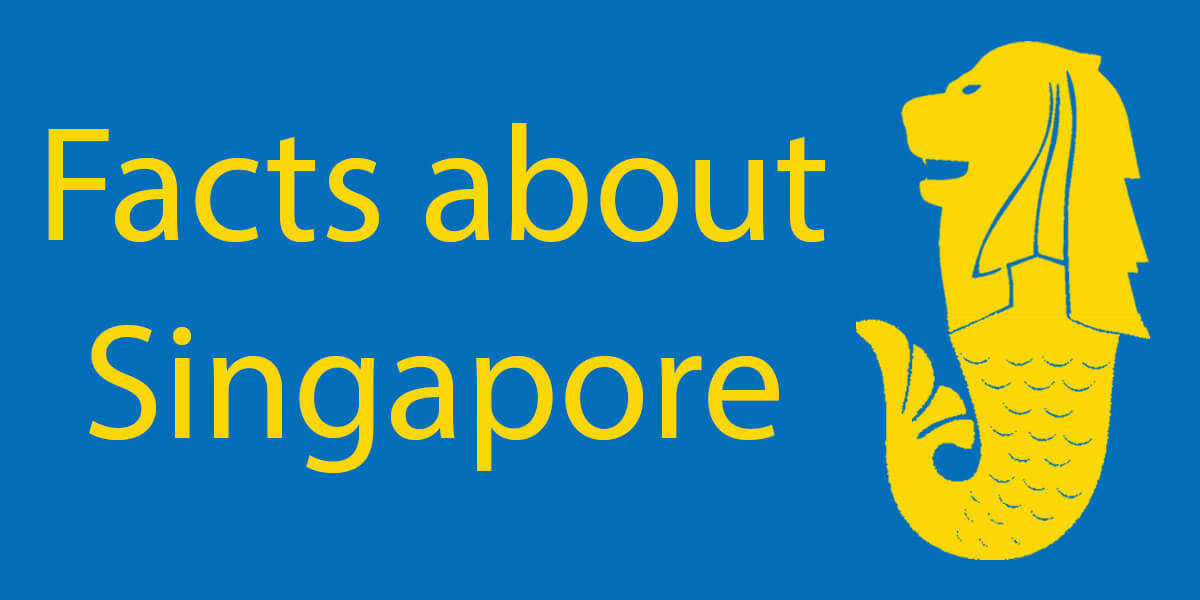
Facts about Singapore
Check out these cool 100 facts about Singapore.
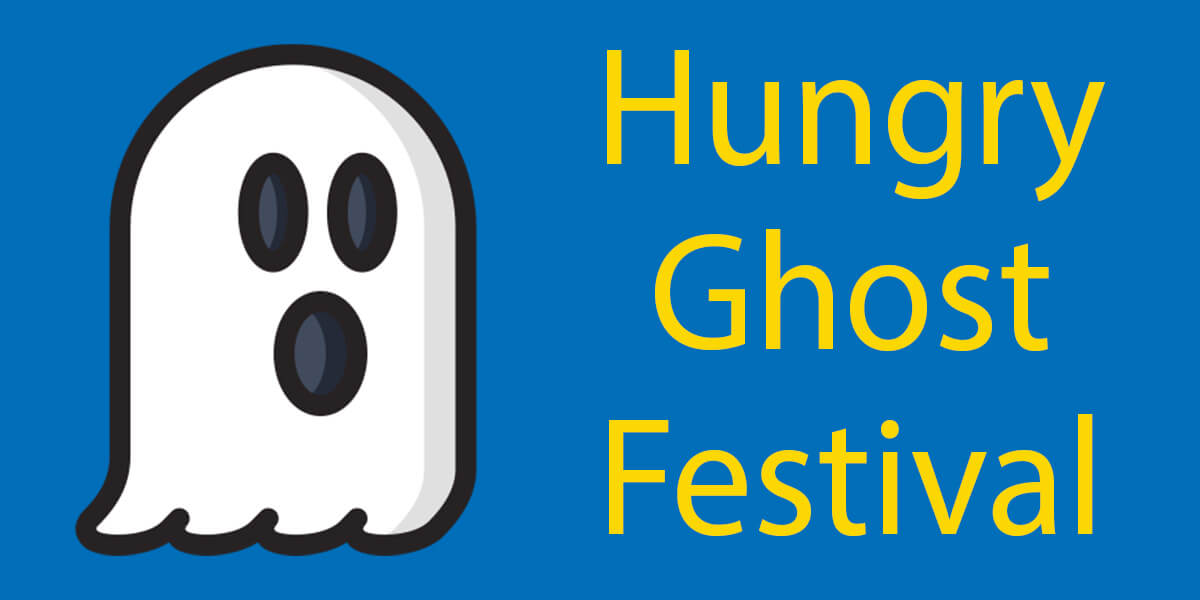
Hungry Ghost Festival
Find out what’s going on during the Hungry Ghost Festival in Singapore.
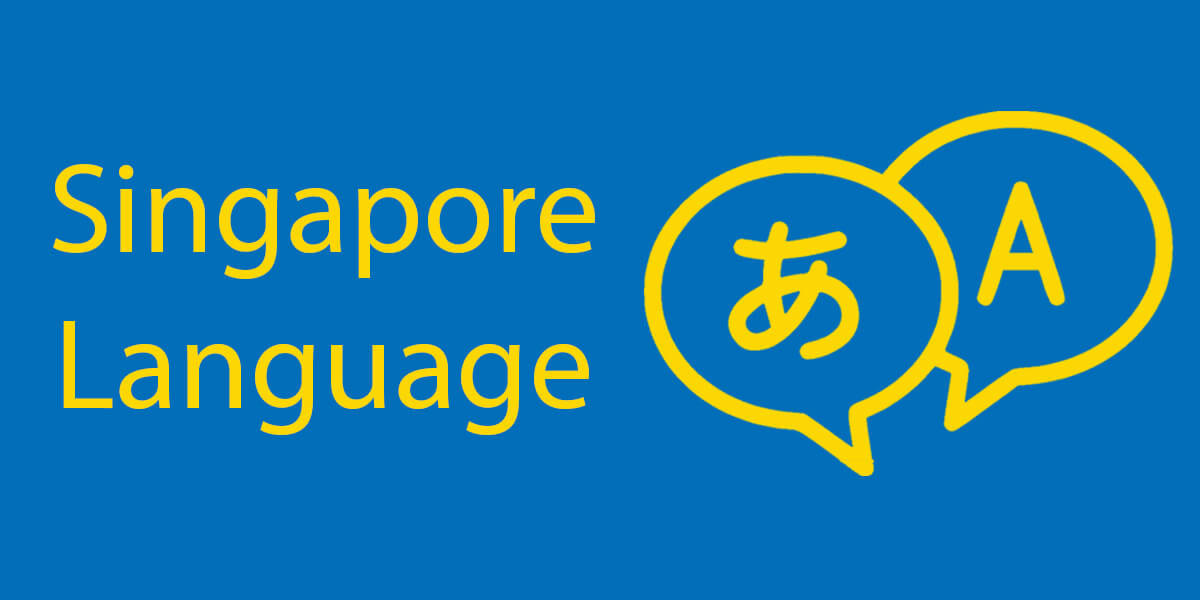
Singapore Language
Find out all there is know about the languages in Singapore.

96 FREE Singapore Blogs You Need To Bookmark
Must Read Singapore Blogs || A Complete Guide How do you find the right Singapore blogs for you? There are over 152 million blogs on the internet, well now 152 million and one thanks to us. Of course, you’re on a great Singapore blog…
Singapore Money – FAQ’s
Singapore used the Singapore dollar as its official currency. You can use the dollar sign $ or S$ to when writing about the Singapore dollar.
Singapore has a different colour for each banknote. They are:
$2 Violet
$5 Green
$10 Red
$50 Blue
$100 Orange
$1000 Purple
$10’000 Glod
Depending on the size of the Singapore Dollar you’re holding will determine its making.
$2 Polymer
$5 Polymer
$10 Polymer
$50 Paper
$100 Paper
$1000 Paper
$10’000 Paper
There are loads of independent money exchange places in Singapore. It’s best to avoid banks, hotels and airport money exchanges and look for independently run businesses.
An excellent place to look is in China Town and Little India.
During the British ruling, people in Singapore would have been using either Straits dollar, Malayan dollar, Sarawak dollar and British North Borneo dollar.
Want More From LTL?
If you wish to hear more from LTL Mandarin School, why not join our mailing list. We give plenty of handy information on learning Chinese, useful apps to learn the language and everything going on at our LTL schools! Sign up below and become part of our ever-growing community!


 Hi, my name is Greta. I am from Italy and I work as a student advisor. Please contact me if you wish to come and study with us!
Hi, my name is Greta. I am from Italy and I work as a student advisor. Please contact me if you wish to come and study with us!

